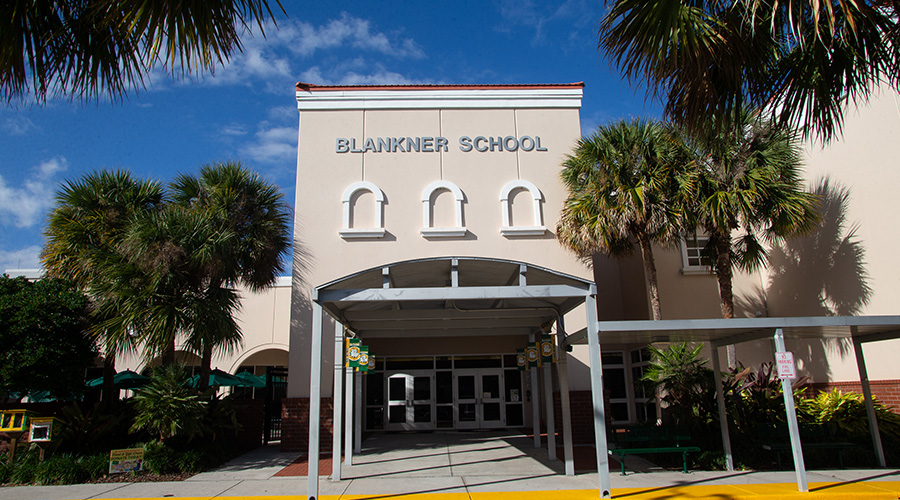New NFPA Code for Emergency Communcations Systems
Facility managers who haven't started developing mass notification plans should be aware that they may one day be compelled to implement a system. Mass notification is "definitely on more radar screens," says Suski. "It is being addressed by more and more local codes and standards."
The biggest development on the code front is the National Fire Protection Association's new fire alarm and signaling code, which includes expanded information on mass notification systems. In its 2010 edition (NFPA 72-2010), the 2007 "Annex E" guidelines on mass notification were replaced by a more comprehensive standard, and the new chapter on Emergency Communication Systems has a broader scope, says Lee Richardson, senior electrical engineer for NFPA.
The new chapter includes requirements for three different types of mass notification systems as well as requirements for other emergency communications systems — including some addressed in previous editions of the code, according to Richardson.
The new code also contains a directive for two-way radio enhancement systems, which will help fire service personnel coming into a building. "Steel and other building materials attenuate communications, and the required amplification systems will boost radio signals from fire fighters," says Richardson.
Extensive requirements for risk assessment have also been added. Richardson considers the new code to be "quite extensive" and "a milestone" for NFPA.
For the most part, mass notification systems are not mandated by law, but many buildings, especially those in a campus-like setting, have an emergency notification system in place. "Whether they are using NFPA code is another question, but they now have a good set of design requirements," says Richardson. Currently the NFPA requirements are used by federal directive in military and defense buildings. 
Maryellen Lo Bosco is a freelance writer based in Asheville, N.C.
Related Topics:















